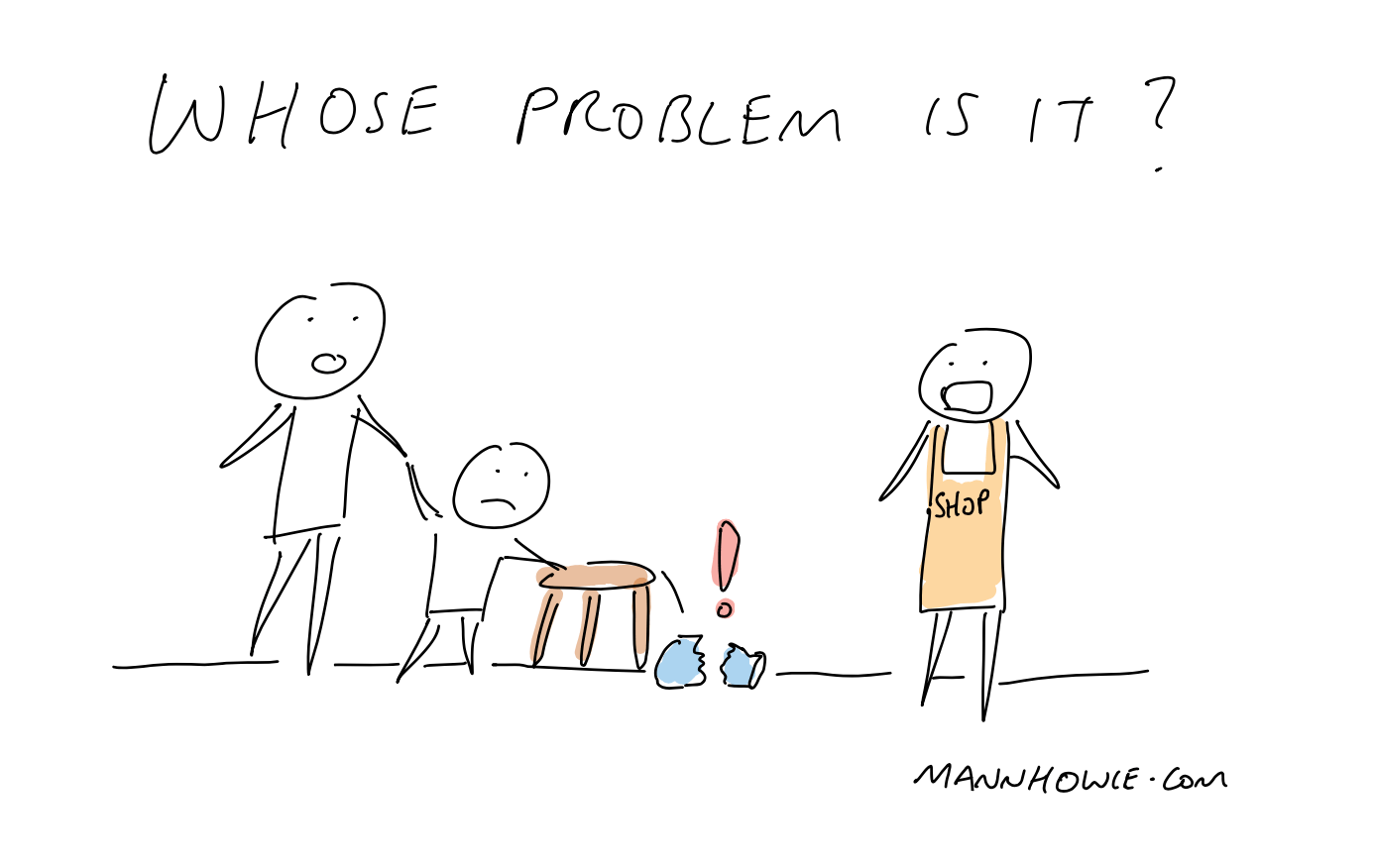How to Solve the Right Problem - 4 Simple Questions to ask
6 minute read | Jun 17, 2022
management, product
 Here are 4 simple questions you can ask to help identify and solve the right problems:
Here are 4 simple questions you can ask to help identify and solve the right problems:
- Whose problem is it really?
- What is their problem?
- Where does the problem come from?
- Do we really need to solve it?
To understand the importance of identifying and solving the right problems, imagine you are in the strategy team of a B2B software company presented with a situation:
“New free user signups are strong but paid conversion is dropping. Cost of acquisition is being bid up by marketing competition. Our development team is under-resourced and focused on solving existing user retention which is making great headway. The Board is reluctant to expand the marketing budget given the uncertain funding environment.”
What is to be done about this situation?
Our first instinct is often to jump directly to solutions, these may include:
- Promote the benefits of our paid features earlier on
- Send marketing campaigns to our free users to upgrade
- Reduce our free user allowance
- Increase our paid user allowances
- Introduce referral bonuses
- Create new features that our users are willing to pay for
- Target new free user signup channels
Stop.
Before jumping to solutions we should begin by asking our 4 simple questions.
1) Whose Problem is it Really?
Let us look at each of the stakeholders and restate the problem statement based on the situation from their perspective:
| Stakeholder | Problem |
|---|---|
| Free Users | How can I get the most value out of the product? |
| Marketing Team | How can I achieve my user signup target with the given marketing budget? |
| Development Team | How can I keep my engineering resourcing focused on the current roadmap? |
| CEO | How can I convince the market that my strategy is working and keep stock high? |
| Board/ Shareholders | How can I ensure we have enough funding to get through current uncertainty? |
By defining the problem owner we can already see markedly different solutions.
2) What is Their Problem?
Once we have identified who has the problem we can look deeper to what is their true problem (if any). Examples below could include:
| Stakeholder | Problem |
|---|---|
| Free Users | I don’t want to get locked into paying for something I won’t use |
| Marketing Team | The cost of acquisition is getting too high for us to achieve our signup targets |
| Development Team | I don’t have sufficient development resources to work on multiple projects |
| CEO | Word may get out that our paid conversion is dropping and share price may fall |
| Board/ Shareholders | Market conditions are not conducive to raising new funding now |
3) Where does the problem come from?
Once we have identified what is the true problem, we need to locate where the problem stems from. Examples below could include:
| Stakeholder | Problem |
|---|---|
| Free Users | Past bad experiences from having to cancel or request refunds |
| Marketing Team | We set too ambitious new user signup targets vs. paid user targets |
| Development Team | The projects we are tasked with are often unscoped and variable |
| CEO | None. Our strategy is focused on high user engagement and not yet monetisation |
| Board/ Shareholders | We want to avoid dilution by not raising money at a lower valuation to fund growth |
4) Do we really need to solve it?
Once we have identified who has the problem, what is the problem and located where the problem comes from we are in a final position to ask whether we really need to solve the problem.
| Stakeholder | Problem |
|---|---|
| Free Users | Yes. Test and promote a pause payment request to free users within first 12 months |
| Marketing Team | Yes. We want marketing focused on identifying new free user channels with lower cost of acquisition (we accept there will always be marketing competition) |
| Development Team | No. We want development team focused on retention which is a bigger problem |
| CEO | No. We are aligned on strategy |
| Board/ Shareholders | No. We are not asking for more marketing funding |
Next time you are faced with a new problem, before jumping to solutions try to stop and ask yourself these 4 simple questions:
- Whose problem is it really?
- What is their problem?
- Where does the problem come from?
- Do we really need to solve it?.
References
Are Your Lights On?: How to Figure Out What the Problem Really Is by Donald C. Gause and Gerald M. Weinberg (1982)
Want more tips?
Get future posts with actionable tips in under 5 minutes and a bonus cheat sheet on '10 Biases Everyone Should Know'.
Your email stays private. No ads ever. Unsubscribe anytime.